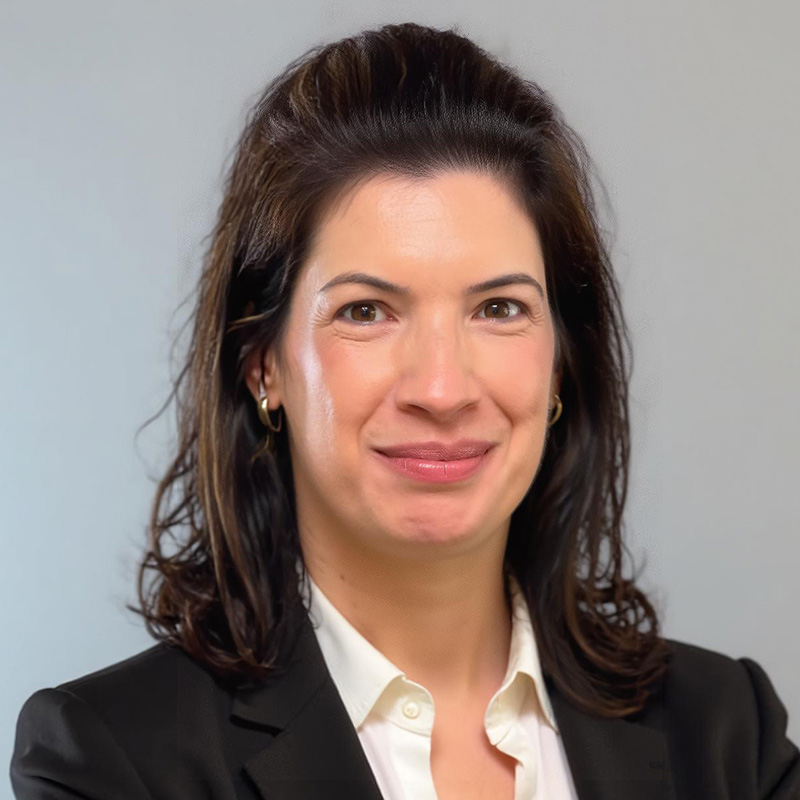Practical Strategies for Using AI to Support Clinicians and Enhance Care for Youth with Diverse Needs

Shiri Sadeh-Sharvit, PhD
Associate Professor of Research, Palo Alto University
Artificial intelligence is rapidly changing the way we work, learn, and connect, but for clinicians and caregivers, the heart of care will always be human. Ahead of her presentation at The Help Group Summit on November 14, Dr. Shiri Sadeh-Sharvit shares how AI can be used thoughtfully to lighten workloads, prevent burnout, and strengthen the care we provide to children, youth, and families.
Her session will explore how AI-powered tools can improve efficiency, support ethical and compassionate practice, and help clinicians and caregivers alike focus more on what truly matters, connection, empathy, and meaningful human support.
Artificial intelligence (AI) is no longer a distant concept in healthcare or education. It is here, distinctly shaping how we assess and support children and families every day, and how we document the services we provide. For clinicians and educators working with children and youth with developmental challenges, AI tools can serve as powerful allies, when used thoughtfully, ethically, and responsibly.
In my upcoming session at The Help Group’s annual summit, we will explore how AI-enabled tools can enhance care while keeping empathy, ethics, and equity at the center. The goal is not to replace the human connection that drives better health management, but to use technology to make that connection stronger, more consistent, and more accessible. On a similar note, we will also discuss why young people are attracted to use generative AI companions to manage their mental health and wellbeing, and how to speak with our clients on the risk associated with these chatbots.
Here are a few key takeaways participants can expect:
1. Use AI to lighten your workload, not your impact.
Simple AI tools can help streamline progress notes, generate treatment summaries, and organize data across sessions. These supports free up valuable time and energy that clinicians can redirect toward meaningful therapeutic interactions.
2. Learn to evaluate AI tools before using them.
Not all AI tools are created equal. Participants will learn how to assess whether a digital tool aligns with clinical best practices, protects confidentiality, and truly meets the needs of youth and families.
3. Partner with technology to personalize care.
AI can help track patterns across sessions, identify vulnerable situations, and support collaborative goal-setting between therapists, educators, and families. Used well, it enhances individualized care planning for children with complex needs.
4. Recognize the risks of generative AI apps.
We will also discuss how some chatbots or digital companions, though appealing for their availability and agreeableness, can reinforce unhelpful coping patterns or provide inaccurate advice. For example, one neurodivergent teen I worked with had been using a generative AI chatbot late at night to talk about their feelings. They found it easier than journaling or texting a friend. While the chatbot offered comfort, it also subtly reinforced negative self-talk and gave advice that wasn’t clinically sound. This opened up a valuable conversation in therapy about digital boundaries and how to build a support system that’s both real and reliable. Clinicians need to understand these limitations to guide youth and caregivers responsibly.
5. Keep ethics and empathy at the center.
Every AI-assisted task should be guided by the same principles that define great care: compassion, trust, and cultural sensitivity. Technology can support these values, but only if clinicians lead with them.
AI is not about replacing human insight; it is about enhancing it. When clinicians understand how to evaluate and implement these tools responsibly, they can improve continuity of care between settings, reduce burnout, and provide support that is both efficient and deeply human.
I look forward to connecting with clinicians, educators, and families at The Help Group Summit. Join us in person or online on November 14!
